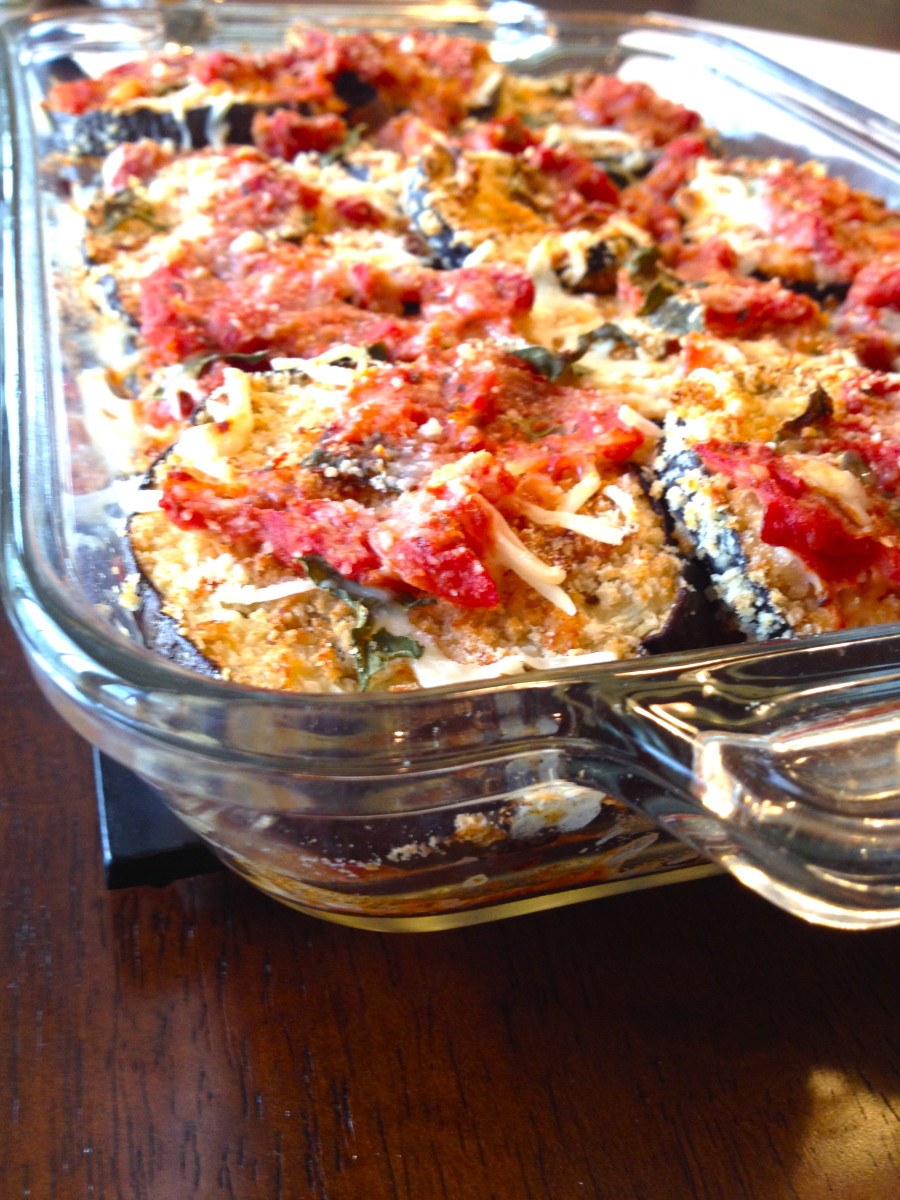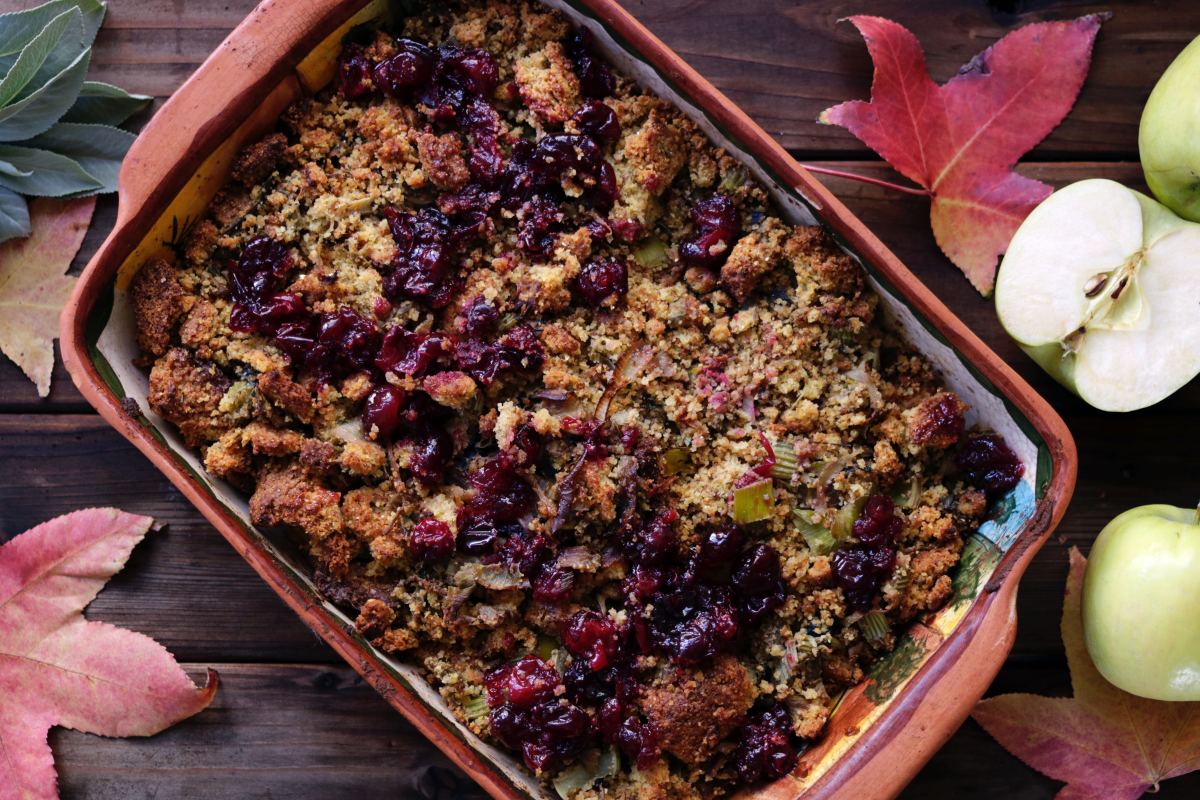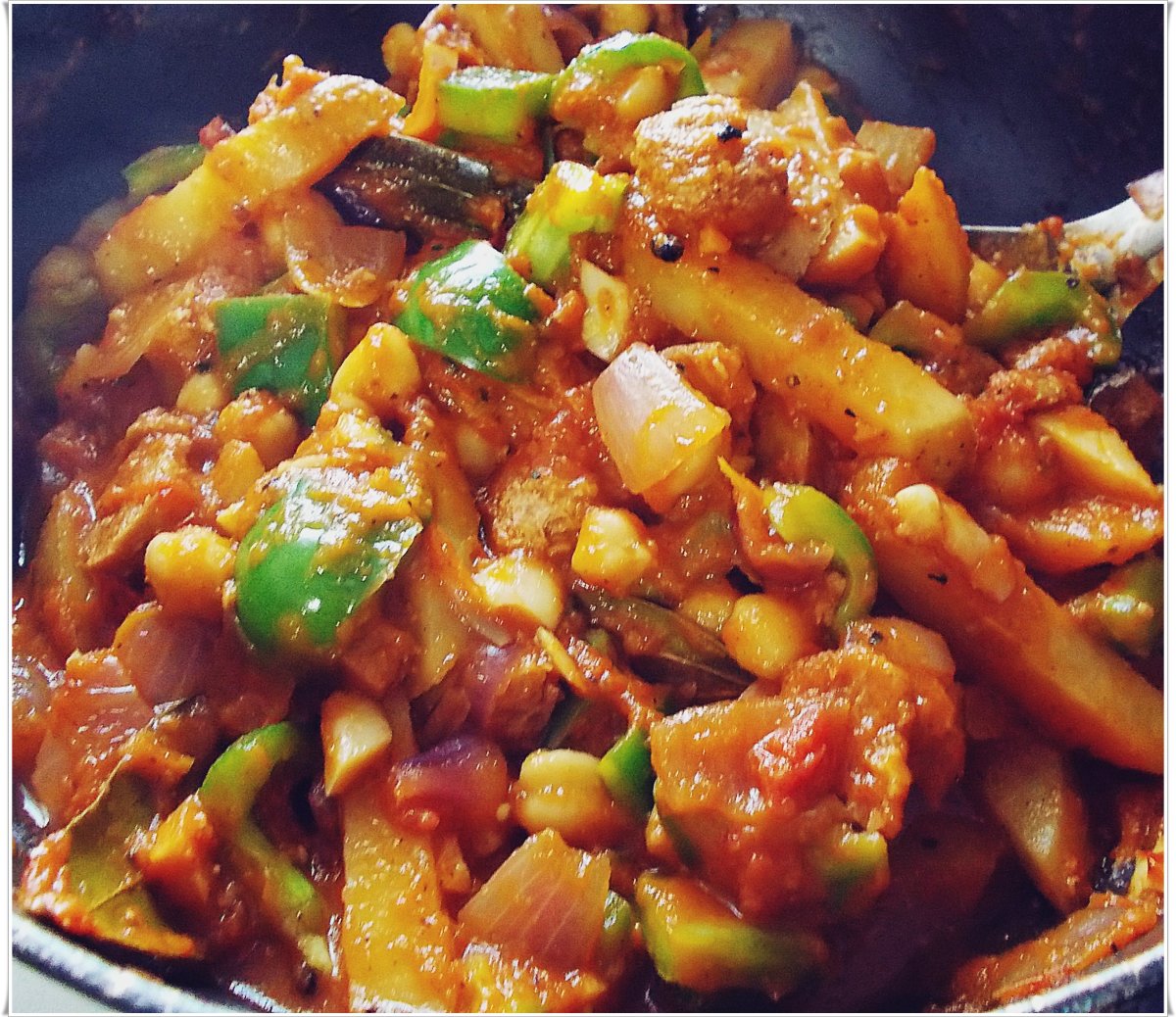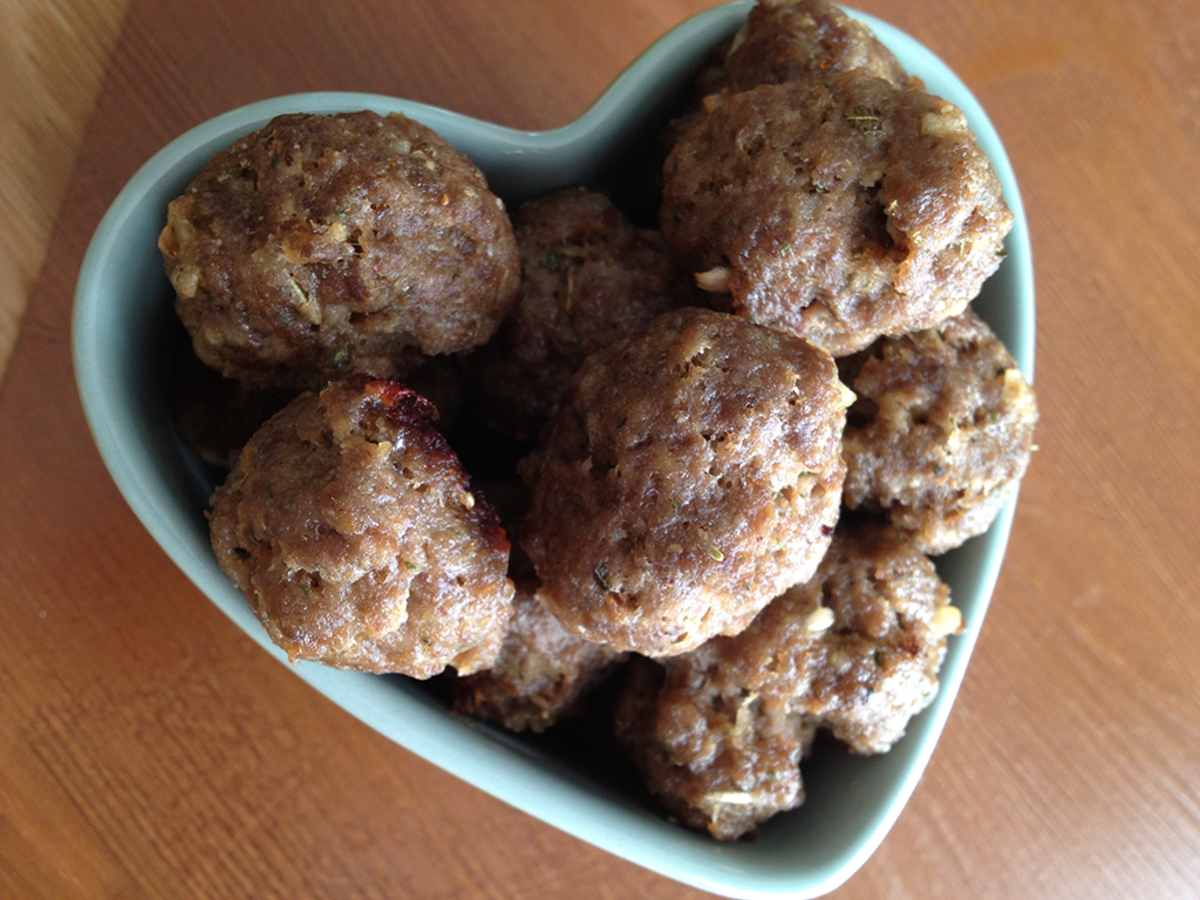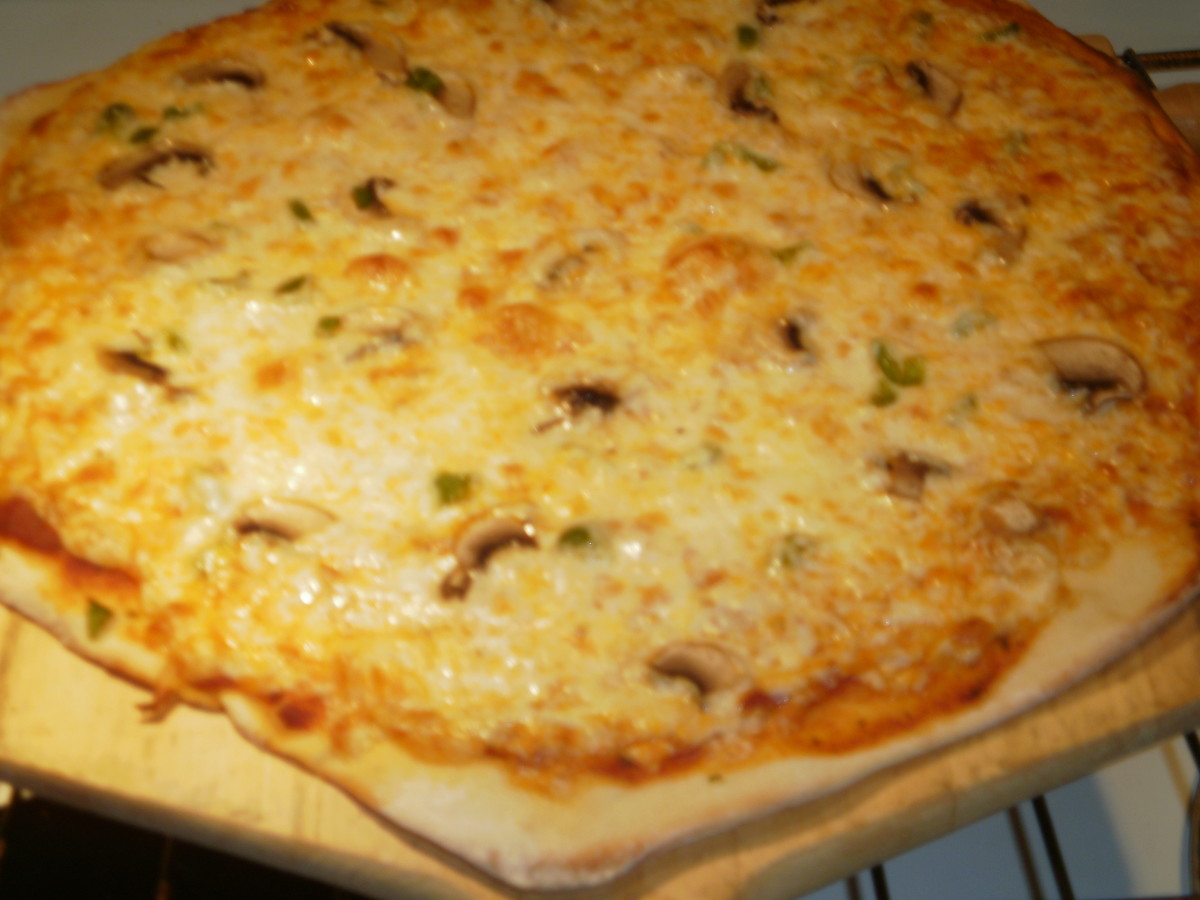Economy Gastronomy TV Series Recipes - Episode 4
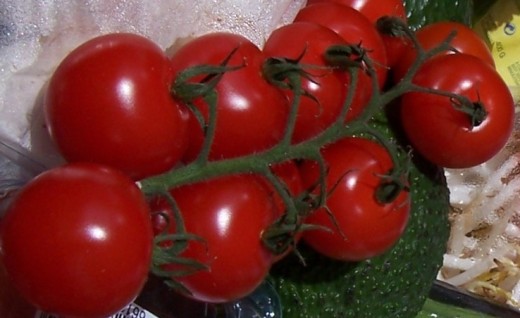
Five Cambridge Students Spend £250/week on Food - the Economy Gastronomy Team Set out To Save them £100/week
- Four of them represent their College at rugby, rowing and athletics.
- They get through a lot of pasta, then maybe finish off 2 packs of chicken without even thinking about it.
- Between them they do 30 individual treks to the nearest shop each week, spending £160.06/week
- They waste money buying duplicates - in the cupboards they already had four jars of mayonnaise costing £5.63 and lots of packs of basic pasta totalling £4.30
Meals are usually prepacked convenience foods
- Didi likes to cook entire "blocks of meat" as he calls it
- Meals were quite often: a tin of pasta sauce on pasta served on a bed of meat
- They spend £27.50 every time they pop into the kebab shop
- Adam buys lots of biscuits and chocolate. £10/week on nibbles. He'll often eat a whole packet of biscuits.
Between them, they have a student loan debt of £90-100k
Paul decides to teach them to make Meatballs,
Allegra thinks home made biscuits can make Adam a saving.
The team set out to save them £100/week between them.
This week, the Economy Gastronomy chefs (Allegra McEvedy and Paul Merrett) challenged five Cambridge University Engineering students to eat better and spend less.
They were spending a massive £250 between them each week, Jonny, Didi, Adam, Duncan and Charlie were living on tinned, microwaveable and packet food, lots of pasta, pasta sauces and what they called slabs of meat They shop when they're hungry and don't cook or eat together. Adam loves to snack on biscuits - consuming a whole packet in one sitting at times; they all loved to pick up a kebab on their way home after being out for a beer.
The Bedrock and Other Recipes This Week Were...
Bedrock Recipe
- Basic Tomato Sauce
Tumbledown Recipes and Others
- Norwegian Fish Pie
- Anytime Cookies
- One Pot Tomato Stew with Pork Meatballs, Chorizo and White Beans
- Spiced Lamb Shish Kebabs
- Veal Shin Ratatouille
Dinner Party for Guests
- Tower of Squid with a zingy vegetable salsa
- Andalucian Four Pork Special with moroccan veg
- Chilled Strawberry Soup with butter shortbread
Bedrock Recipe: Basic Tomato Sauce
Paul explained that every professional kitchen produces gallons of basic tomato sauce. They won't use it as it is, but it will find its way into in most of their dishes.
The basic tomato sauce consists of:
- About 1Kg plum tomatoes
- Garlic
- Finely chopped shallots
- Thyme
- Olive oil
Combine all the ingredients in a saucepan and cook them together gently for about an hour.
Each of this week's tumbledown recipes will use about 1/3rd of this bedrock recipe.
Tumbledown recipe: One pot meatball stew
This was the first of the recipes that used some of the basic tomato sauce. The Economy Gastronomy TV programme is quite fast-paced when it comes to the cooking and exact ingredients, quantities and details are omitted .... yep, buy the book :)
- Minced shoulder of pork (it looked to be about 1Kg)
- A few fennel seeds, to flavour the meat
- Cut up a red pepper
- Combine all the above ingredients with a hefty pinch of ground cumin ,
- Mix it all together
- Take small portions of the meat mix and roll them into meatballs;this will make about 20 meatballs
Meatball Sauce
- Place onion, garlic, chopped carrots, red pepper, fennel, pinch of chillii flakes, smoked paprika and a splash of oil into a pan.
- Once it begins to soften add a generous glass of red wine.
- Let it reduce, to give the condensed flavour, but less liquid. Reduce for about 5 minutes
Cook the Meatballs
- Cook the meatballs by frying gently in a frying pan, to brown them - you aren't trying to cook them, just to caramelise the outside, which will add flavour to the stew.
Bring It All Together
- Add 1/3rd of basic tomato sauce to the meatball sauce
- Add the browned meatballs to the simmering meatball sauce and add chorizo sausage - packed full of paprika, garlic, saffron and pork meat and the flavour this gives it is huge.
- Cut the chorizo into small pieces and drop in.
- Leave to simmer for an hour
- Add a tin of butter beans, stir and serve immediately
Paul Merrett Tips: Economising when buying poultry
When you buy an individually packaged chicken you are paying for somebody to butcher it, trim it and add packaging. You get far more meat, and therefore better value, if you buy a whole bird. His tips were:
- Never cut through the bones
- Legs - find a joint, slice through it, bend it back
- There's a tiny part of the leg, called the oyster, that is lovely
- Thigh and drumstick from a leg, cut through the joints
- Wings - these are attached by another joint which you can cut straight through. Ideal for crispy chicken or a BarBQ
- Breast - these are solid meat. Run the knife down the centre breast bone and follow the knife round the ribcage. You get the fillet here.
- Finally, you're left with a carcass with hardly any meat on - put that in a pan, fill it with water - you have a free stock.
Allegra Essential Building Blocks Tips: Herbs
Each week Allegra McEvedy will give tips on the essential building blocks for a good chef's larder. This week it was:
Herbs
- Thyme - this is useful in two ways. You can tie with string and chuck it into stews and slow cooks, or you can pick the leaves off and add them at the end of cooking.
- Mint, Basil, Oregano - cut and chop up, but you usually bin the stalks
- Coriander - cut and chop up, but with coriander you should use the stalks as they're full of flavour
Storing Fresh Herbs
- To store fresh herbs bought from a supermarket, remove them from the supermarket wrapping and put them onto a piece of damp kitchen paper and roll them up then keep them in the fridge - this is what chefs do in kitchens and the herbs will last longer than in the supermarket wrapping
Paul Merrett: Veal Shin Ratatouille
Shin of veal is easy to use and has a fantastic flavour. This recipe gives it a long slow cooking in a rich sauce, then the sauce is finished with all the usual ratatouille vegetables
Pre-order the veal as it isn't always available on demand at your butchers.
- The veal should be cut into large chunky chops.
- Flour the veal
- Put it into a really hot pan so it caramelises. Just let it colour, don't move it; then flip it over and do the 2nd side. Once it's golden on both sides take it out
- Put chopped shallots and garlic into that pan, allow to colour.
- Add fresh tomatoes and allow them to cook gently.
- Add in peppercorns, thyme, star anaise and a large glass of red wine - full bodied - this will give the powerful flavour that's needed (don't use a cheap wine).
- Reduce the liquid by at least half, which will take 8-9 minutes.
- Pour in cold beef stock, cold because want to bring it back to a slow simmer so the meat doesn't tighten and become dry and tough.
- Once simmering, allow it to tick over for 1-1½ hours until the meat is tender and the sauce is tasty.
- Pick out the veal and put it to one side.
- Pass the sauce through a strainer into a clean pot. Bin the remnants
- Put the veal back into the sauce.
Serve with ratatouille: Fry an assortment of ratatouille vegetables with a generous sprinkling of basil.
Add the ratatouille to the veal/sauce.
Serve.
Paul's Tip: The bone in the middle of the meat has a beautiful soft centre - that is bone marrow, with a wonderful rich flavour, scoop that out and eat with bread.
Food Tips: Michael McFarlane, The Tomato Stall
Each week, there's an expert giving foodie tips. This week it was Michael McFarlane of The Tomato Stall.
Just because tomatoes are over-ripe and wrinkly, don't throw them away, instead you could:
- Make a pasta sauce
- Blend them into a tomato sauce
- Roast them with peppers
The best way to store tomatoes is in a brown paper bag in the kitchen, or buy tomatoes on the vine to keep them fresh longer.
Sun dried tomatoes
You can make your own version of sun-dried tomatoes (which tend to be expensive) by filling a baking tray with halved tomatoes, drizzle oil over the top and some cracked salt to draw out the moisture - then roast them. When cooled put them in a jar with sunflower oil or olive oil and they'll last a couple of months.
Tumbledown Recipes: Fish Stew
One of the tumbledown recipes was fish stew - there was scant mention of this in the programme with the students just saying they'd made it using some of the bedrock tomato sauce, mussels and prawns.
Spicy Lamb Shish Kebab
As kebabs seemed to be an almost weekly occurrence in the students' household, Allegra showed them how to make kebabs. They'd usually buy a doner kebab, served in pitta bread, but Allegra's recipe was a shish kebab using flatbread.
- Mix chunks of lamb with cumin and a couple of crushed and finely chopped garlic cloves.
Kebab Sauce
- Mix about half a pot of greek yogurt, 2 spoons of tahini, chopped mint, juice of a lemon, mix it all round.
Building the Kebab
- Cook the meat on the griddle, season with salt.
- Brown lamb for 3-4 minutes per side.
- Using flatbread, rather than a pitta, spread the sauce on the flatbread
- Top with finely shredded red cabbage, couple of slices of tomato, pop some meat on, sliced onions, slices of chilli, a squirt of red pepper or chilli sauce
- Roll/wrap it all up and cut in half at an angle.
This saved them over £17 on getting a kebab - and they did say it tasted better than the kebabs they usually bought.
Anytime Cookies
Adam had been known to eat 75 biscuits in one sitting, so Allegra wanted to get him cooking his own biscuits. Once made, this mix is frozen and can simply be sliced and baked on demand. The mix will keep a couple of weeks in the freezer
- Cream 4oz soft brown sugar with 8oz butter
- Add 1 egg and beat it in.
- Add a few drops of vailla extract (not essence, which is synthetic)
- Sift in plain flour and a teaspoon of baking powder
- Mix together.
- Roll it into a sausage shape, wrap in clingfilm and freeze it.
To Bake:
- Once frozen, when you want some cookies, simply slice some off the end - not too thick as they will spread out.
- Add toppings: raid cupboard for nuts, chocolates, sweets etc for the top
- Put the cookies on a baking tray (space well apart or they'll run into each other) and bake for 8 minutes
They cost about 6p each
When the students made theirs they did put them too close together and they ended up with one large cookie... but cooking is like everything, you don't make that mistake the 2nd time round!
Norwegian Fish Pie
This is a simple dish from Allegra, conjured up from things left in the fridge.
Make a roux
- Butter, melted in heavy bottomed pan,
- Stir in caraway seeds (fresh dill or leave it out, but this is the Norwegian taste).
- The roux is a loose white sauce with not much flour as it continues to cook in the oven.
Making up the Pie
- Cook some pasta spirals al dente (that means they're cooked, not hard, not sloppy)
- Pour pasta into the roux
- Open a tin of tuna and add it to the sauce with cream cheese, chopped onions, salt, pepper
- Pour into an oven proof dish
- Top with breadcrumbs, just scatter them evenly over the top (made from leftover bread turned into breadcrumbs with a food processor)
- Make a Norwegian flag out of anchovies across the top
- Cook for 30 minutes at 200deg C until it's nice and golden brown
Serve with peas
Alternatives
You can use fresh fish in this pie.
When the students made the Norwegian fish pie they didn't have anchovies, so they improvised and cut out some strips of bread to use.
The students had some leftover mussels from earlier in the week they put into their fish pie. They had shelled and cooled, then frozen, the mussels immediately. To defrost them, they had to take them out of the freezer the night before and let them defrost in the fridge, You freeze mussels the same way you freeze prawns, but they must be used the same day they're defrosted.
Expert Fishmonger Tips: Lee Bourne Chelsea Fishmonger
This week's tips were about fish.
- Smoked haddock is the most important part of a classic fish pie - but don't waste money buying too much. A small amount goes a long way, 250g is enough for a fish pie for four people, costing about £4.
- Traditionally cod was used in a fish pie, but use a fresh haddock fillet, it's cheaper/tastier and a more ethical choice.
- Adding a small portion of salmon adds colour and a beautiful flavour.
- Add a few prawns - add the heads and the shells into the white sauce for more flavour, scoop them out before you serve it
- Ask your fishmonger for bones, you will often get those free as you'll save the fishmonger on incineration costs. They are great for soups and stocks.
Allegra McEvedy and Paul Merrett Economy Gastronomy Book:
Other Economy Gastronomy Episodes
- Economy Gastronomy TV Series Recipes - Episode 1
Episode 1 of Economy Gastronomy. The England Family spend 220/week on food. Using a Bedrock Recipe of Mince, see how savings could be made. - Economy Gastronomy TV Series Recipes - Episode 2
Economy Gastronomy Episode 2 - Simon and Isobel Colton use a bedrock recipe of beef to feed their family of 5 and make a huge saving. - Economy Gastronomy TV Series Recipes - Episode 3
The third family in the Economy Gastronomy series are James and Claire Caddy and their five children (14, 12, 10, 9, 7). Find out how they save a fortune on their food bill using a bedrock recipe of poached salmon


